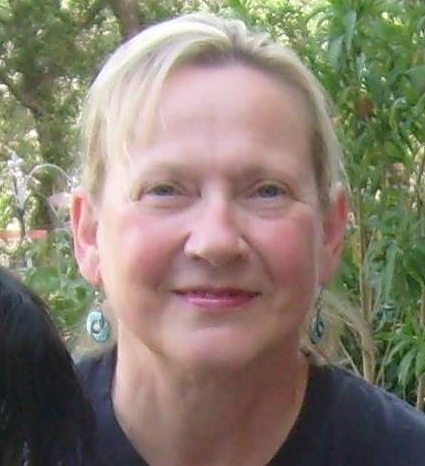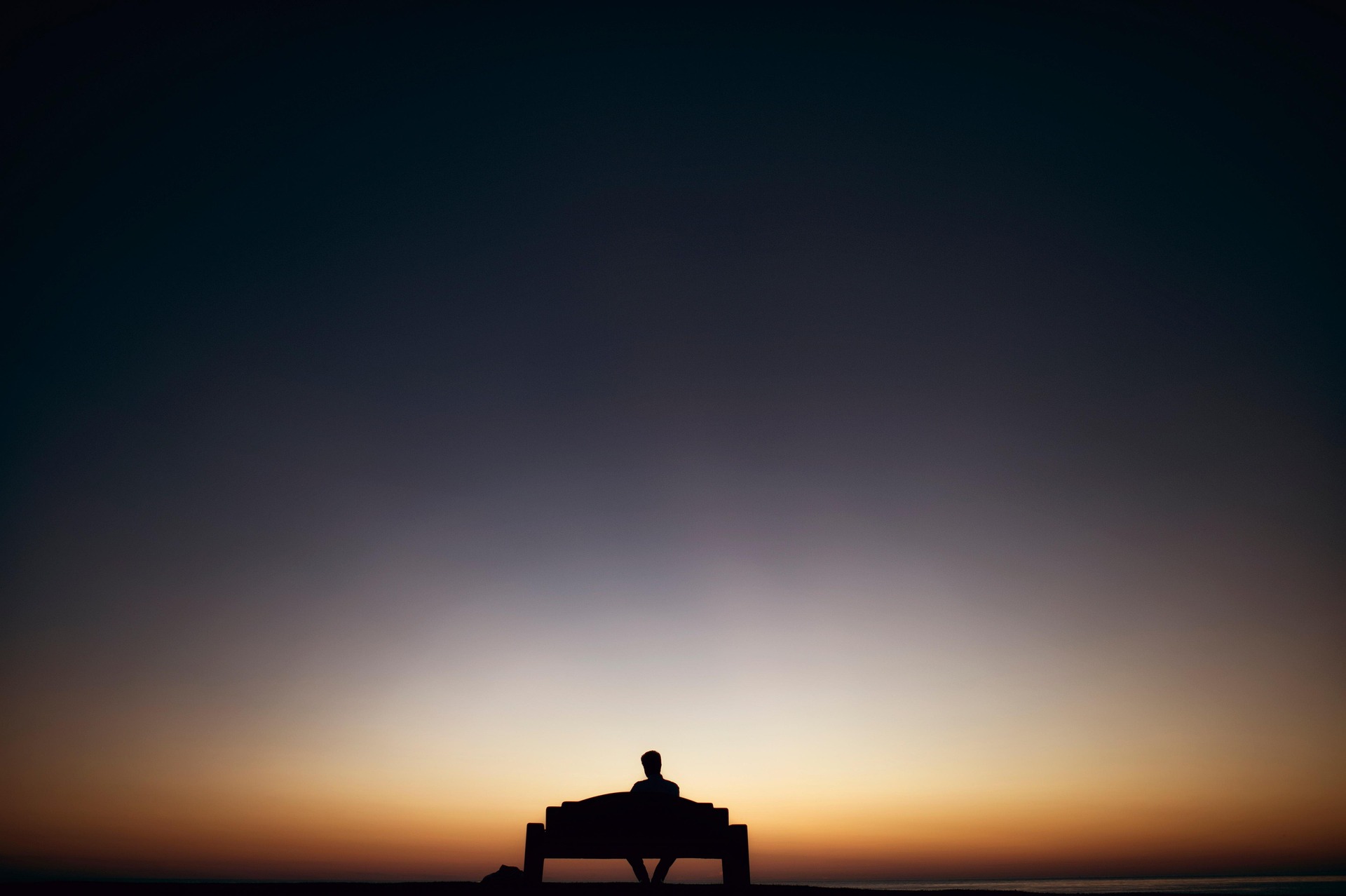JESUS THE TEACHER WITHIN (New York: Continuum, 2000), pp. 212-213.
When he tells us not to worry, Jesus is not denying the reality of daily problems. It is anxiety he is telling us to abandon, not reality. Learning not to worry is hard work. . .. [Yet] despite its “attention-deficiency disorder,” even the modern mind has its natural capacity to be still and to transcend its fixations. In depth it discovers its own clarity where it is at peace, free from anxiety. Most of us have half-a-dozen or so favorite anxieties, like bitter sweets we suck on endlessly. We would be frightened to be deprived of them. Jesus challenges us to go beyond the fear of letting go of anxiety, the fear we have of peace itself. The practice of meditation is a way of applying his teaching on prayer; it proves through experience that the human mind can indeed choose not to worry. [ . . . .]
It is not a choice in the sense in which we choose a particular brand off the supermarket shelf. It is the choice to commit. The way of the mantra is an act of faith, not a movement of the ego’s power. Within every act of faith there is a declaration of love. Faith prepares the ground for the seed of the mantra to germinate in love. We do not create the miracle of life and growth by ourselves, but we are responsible for its unfolding. Coming to peace of mind and heart—to silence, stillness, and simplicity—requires not the will of a type-A high-achiever, but the unconditional attention, the sustained fidelity of a disciple.
After meditation: “Swimming One Day in August” by Mary Oliver in RED BIRD (Boston: Beacon Press, 2008), p. 56.

Swimming, One Day in August
It is time now, I said,
for the deepening and quieting of the spirit
among the flux of happenings.
Something had pestered me so much
I thought my heart would break.
I mean, the mechanical part.
I went down in the afternoon
to the sea
which held me, until I grew easy.
About tomorrow, who knows anything.
Except that it will be time, again,
for the deepening and quieting of the spirit.





